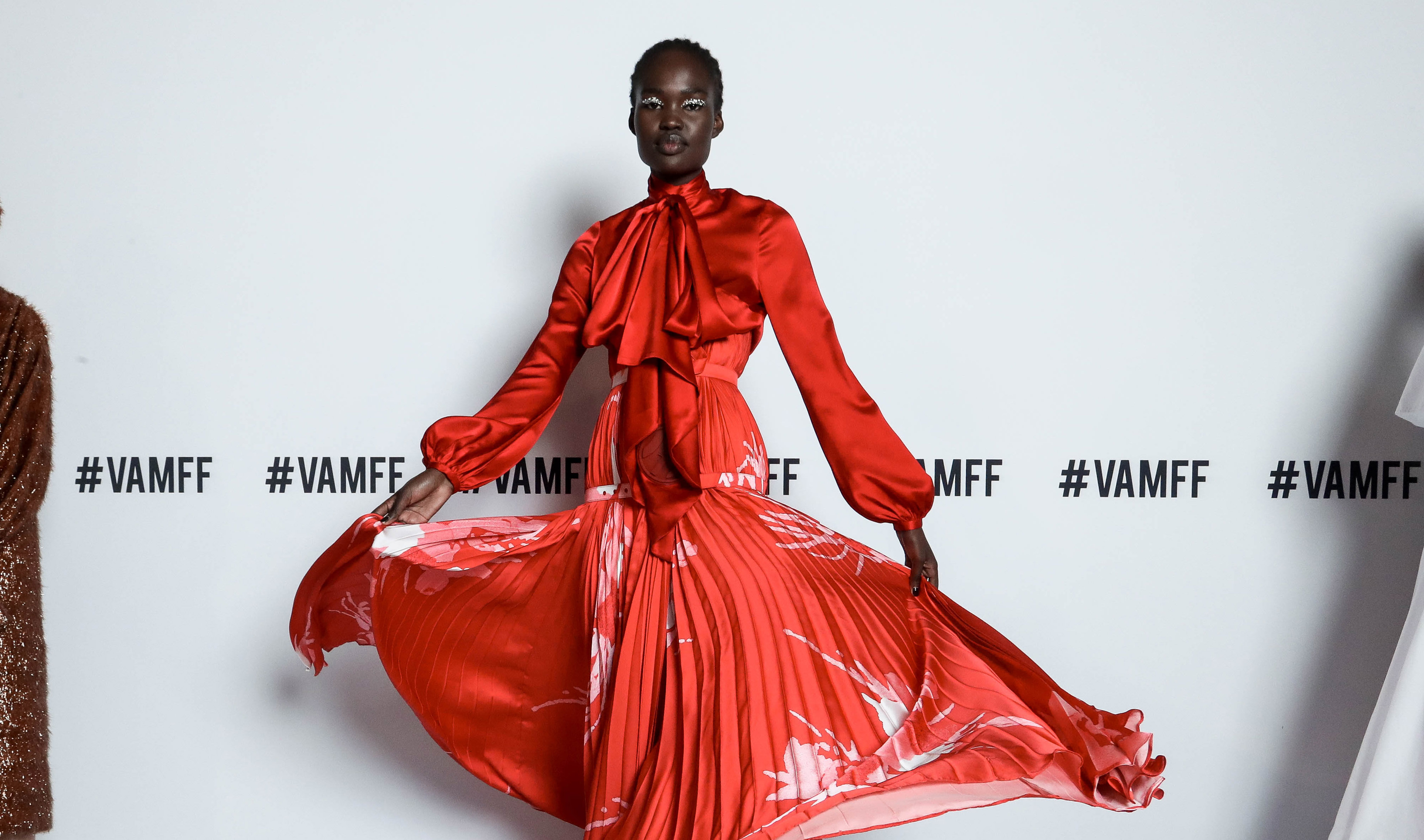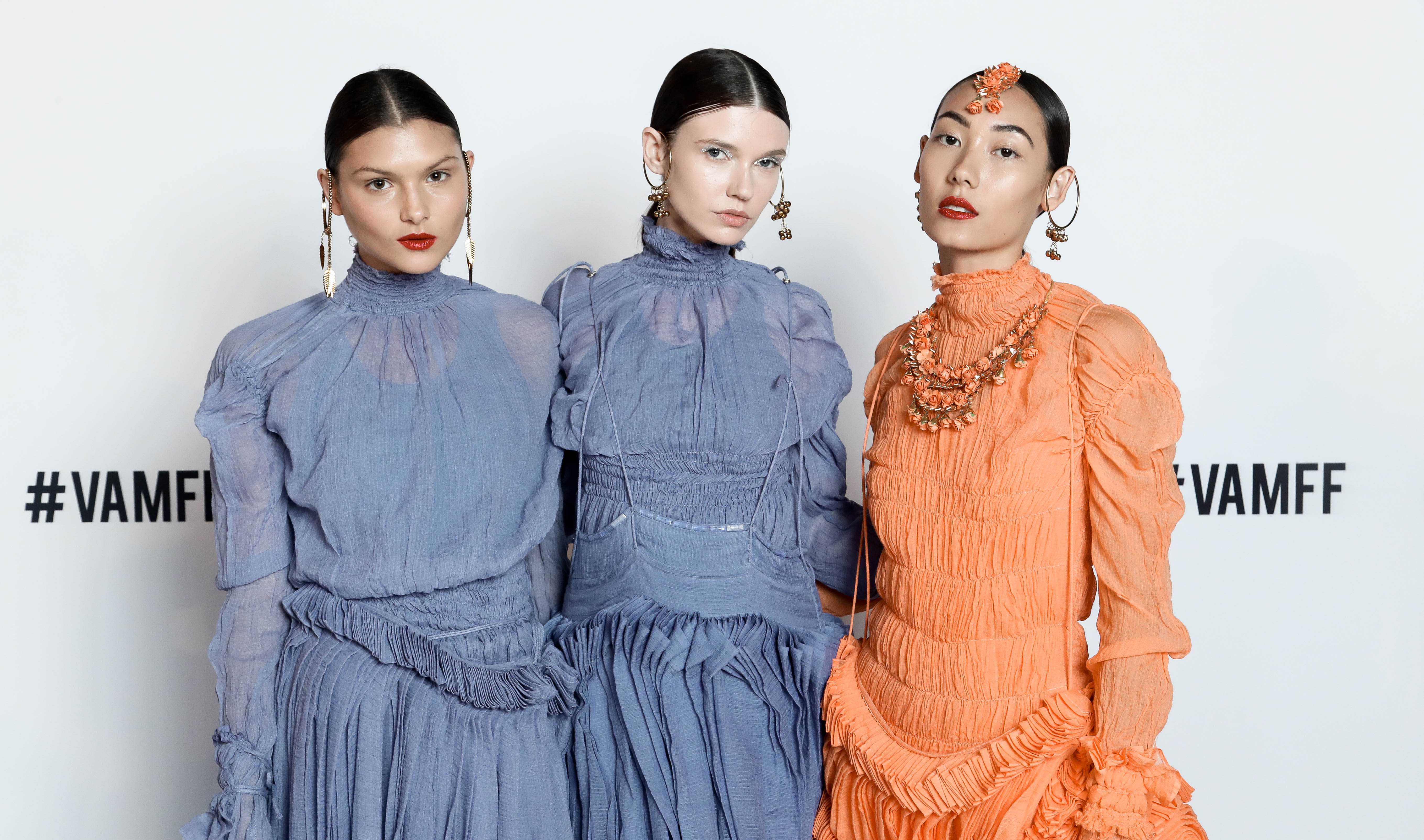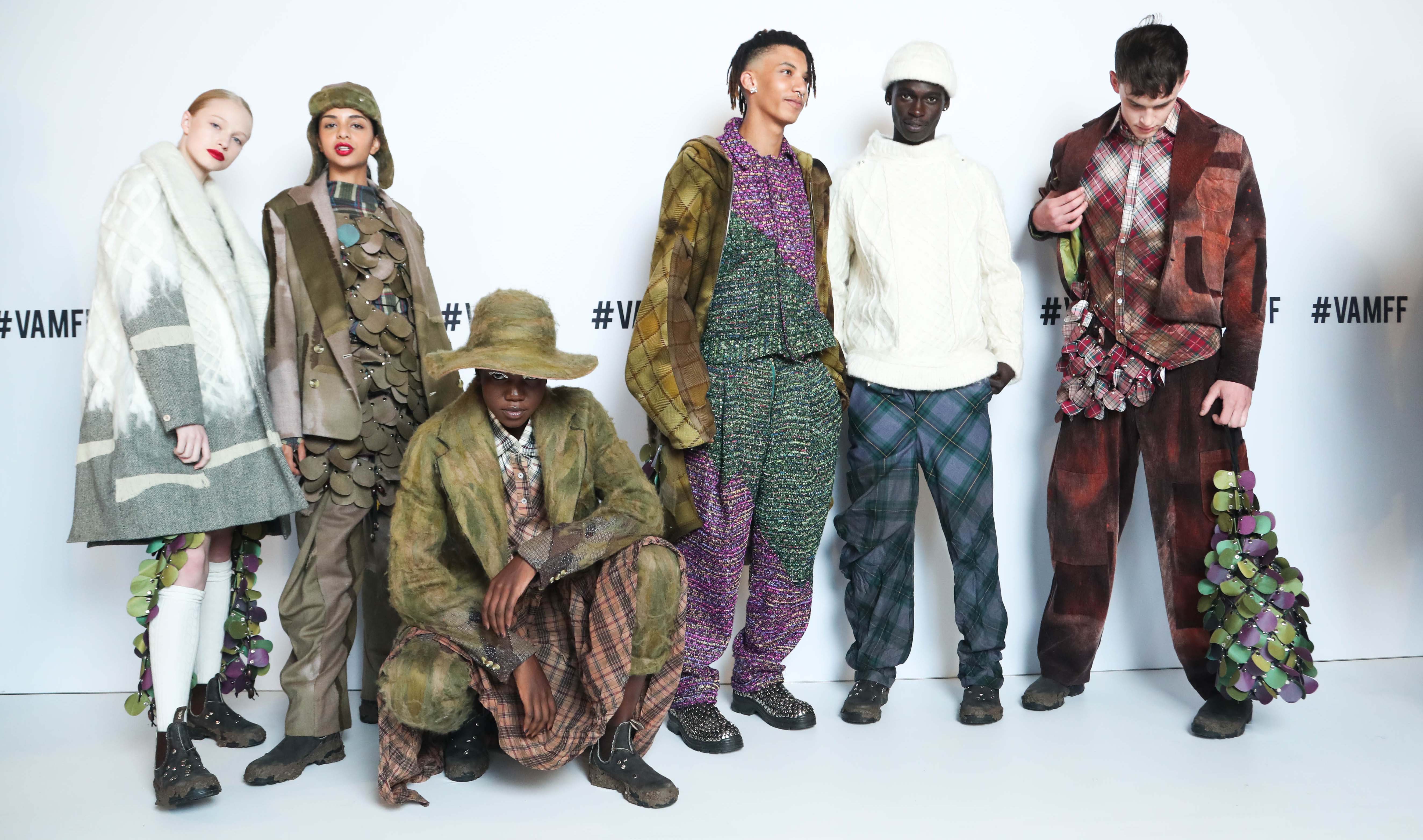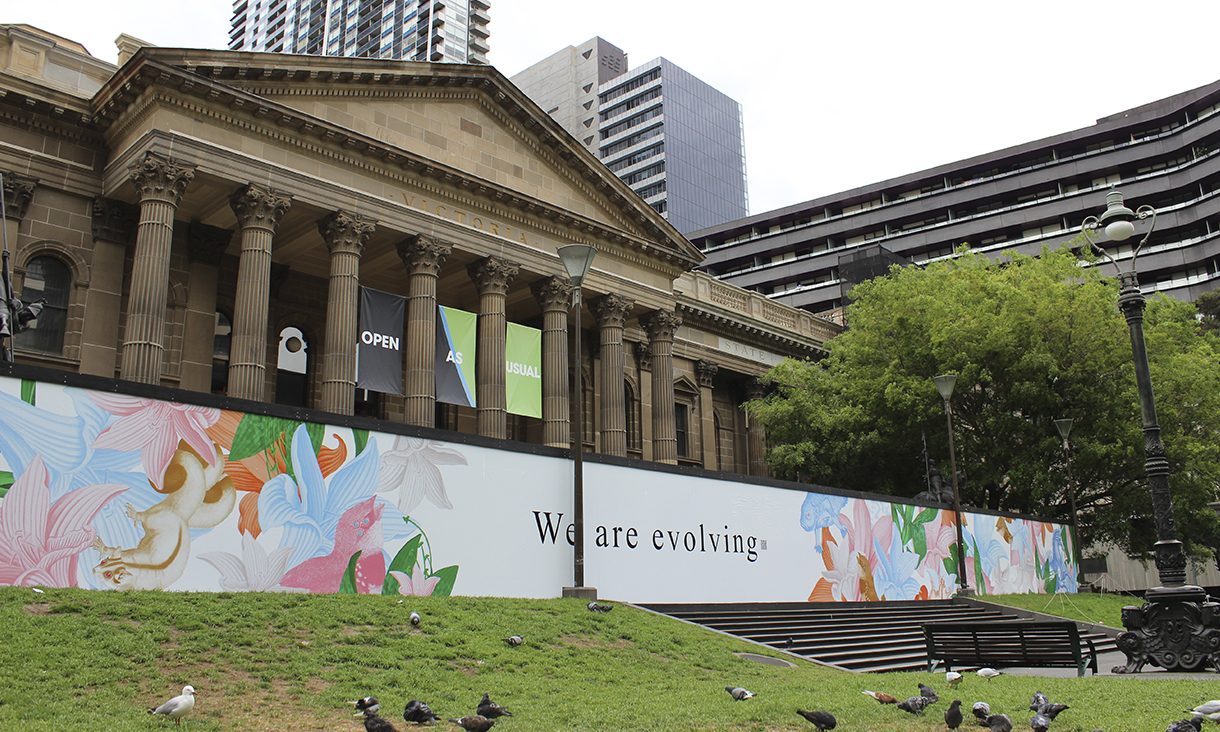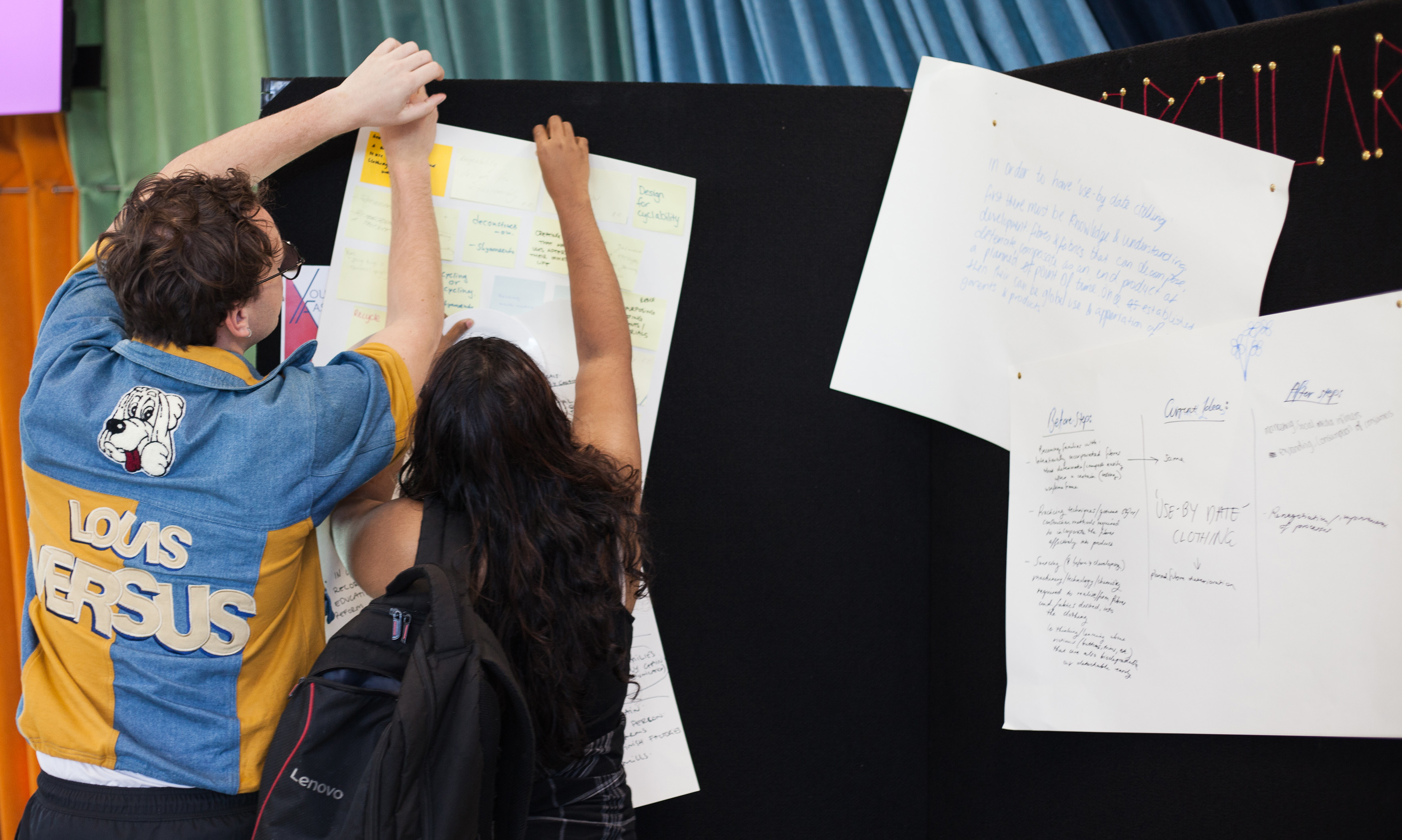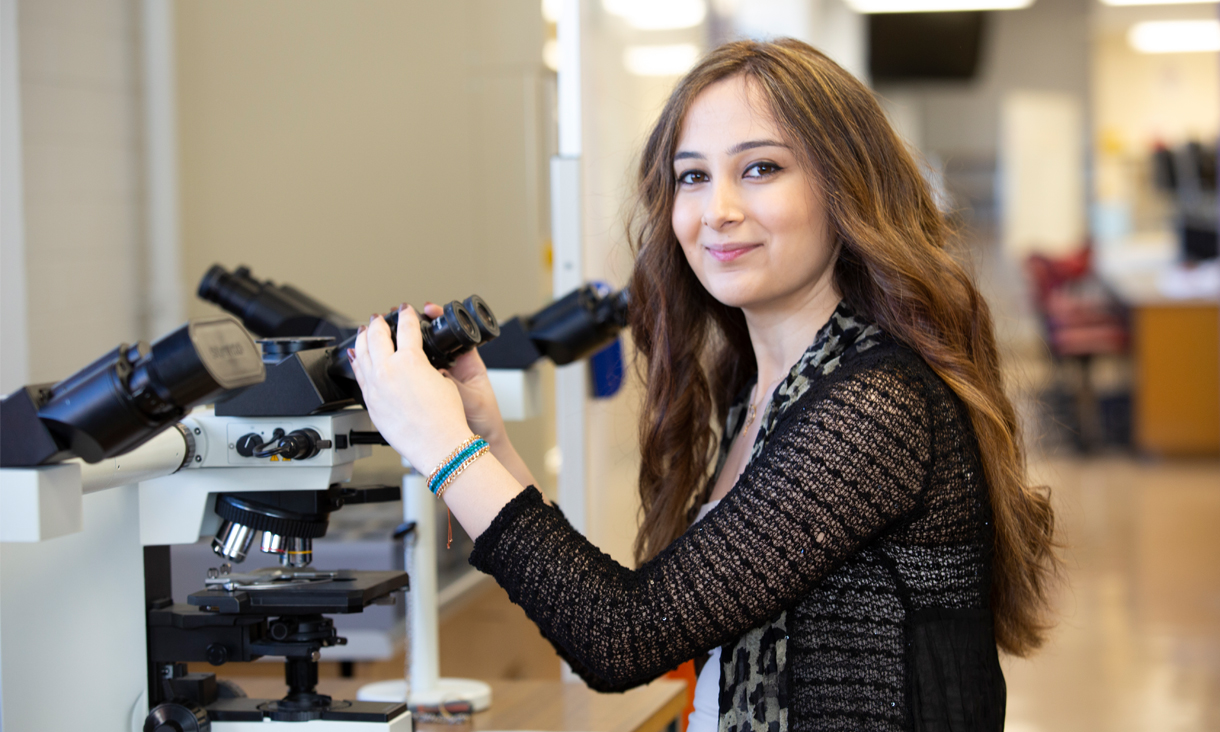Amanda Nichols
Prior to commencing the Master of Fashion (Design), Nichols already had some impressive credentials on her CV, having worked as a costume cutter with film credits including Baz Luhrmann’s Australia and The Great Gatsby.
In 2015, she received the Churchill Fellowship to further develop expertise in corsetry and couture technique, working in the Parisian ateliers of Givenchy and Schiaparelli.
Nichols will be showcasing her graduate project Replica, which is culmination of her experience from her career in the film industry, working in couture ateliers in Paris and research she undertook in V&A, Balenciaga, Kyoto costume museum and archives in Europe.
She said she was excited to see the reaction to the work from those who haven’t seen it before.
“I like to think of my practice as straddling the two worlds of a research-led practice and a new commercial approach, so I’m interested to find out the various interpretations of the work.”
Nichols said her time at RMIT was integral to developing her creative practice so quickly.
“I’m now a much more considered designer. When I am designing a garment, I am constantly unpacking how the various decisions I make relate to the concept, as well as how the viewer or wearer interprets the collection,” she said.
Her advice for aspiring designers was to figure out where they want to be and where they fit in the industry.
“There are so many versions of fashion practice as well as careers within the industry which are not design roles, so I think it’s good to work out what your strengths are and play to those,” she said.
“Actively seeking out creative practitioners apart from fashion strengthens your design vocabulary and allows you to draw from many sources when creating work.
“Chose a great school and research who the lecturers are within the particular institution, as well as checking out the work of the alumni. These people become your colleagues and your community of practice, I think it’s important to surround yourself with those who resonate with your own approach and where you see your practice fitting in the industry.”
Nichols’ selection for the Graduate Showcase is another addition to her growing list of successes: earlier in the year she was included in an exhibition held at the NGV in collaboration with Vogue Australia to showcase emerging designers to Anna Wintour during her visit to Melbourne.
In December, it was announced Nichols that was one of the winners of the Australian Fashion Foundation Scholarship award which included a $27,867 financial grant will allow her to undertake a six-month internship in Europe.

